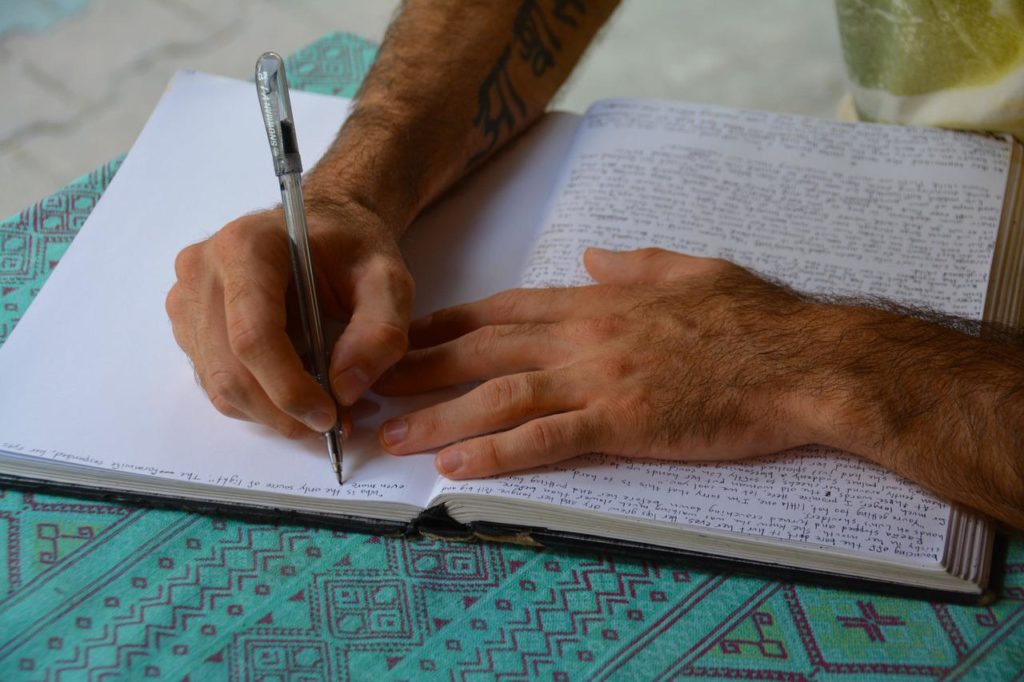Build Up
Over time, sometimes over a day, you can easily build up a load of stress, emotion, and clutter in your brain. It can be quite overwhelming. Stress can weigh you down by the end of the day and change your mood. Maybe you get groggy, grouchy, or even lazy, wanting to give up on efforts for the day. Sound familiar? We can all get like that sometimes, especially after a busy day or a day with loads of new information. That’s when a brain dump could be very beneficial.
Know Your Clutter
We all have different starting points; it’s important to know yours. Imagine opening a door into your own head. What it might look like for you. What does the room look like? A kitchen? Living room? Bedroom? Study? Are there shelves, a desk, a counter? Is the floor clear or cluttered? Is it clean and just cluttered or worse? What does the clutter look like? Is work stressing you out? Maybe you have family issues happening. Maybe it’s your health. You could be struggling with deeper issues and piling simple things, like a grocery list, on top is overwhelming.
These are the things you need to recognize in order to find a solution and be relieved of them. Recognizing that you have clutter in your head is the first step to clearing it out. The next step is deciding to clear it, followed by the doing. So, let’s assume you’ve agreed that your brain could do with a bit of decluttering. Let’s say you’re willing to try. How do we do that?
Brain Dumping
“Brain dumping is an exercise in differentiation. It is similar to cleaning out and organizing a closet. The reason it will help your anxiety is because part of anxiety is the problem of too much unresolved ‘clutter’ in your mind. Brain Dumping helps organize this clutter into workable pieces, which are easier to resolve than a jumbled mess.”
Katrina Murphy, Katrina Murphy Coaching (December 2020)
The simplest way to brain dump is journaling. You can end your day by listing off what’s on your mind, free writing, or dump out your to-do list. By writing it down, you may feel your head doesn’t need to hold on to it and you may sleep better. First thing in the morning, you can review your to-do list or your previous entries and decide a course of action for the day.
Kim Gonzales suggests three focuses for a brain dump:
- Accomplishments – What did you accomplish that day? (End with encouragement, no matter how small!)
- Gratitude – List 5 things you’re grateful for. (They can repeat on different days, but think creatively and positively.)
- Morning Thoughts – Dreams can leave our heads swirling, or maybe you didn’t even sleep. Review your thoughts and practice turning them into positive thoughts. Even by putting them down and reviewing them later (maybe with a coach), you will help yourself towards better thinking.
Journaling with Technology
There’s so many apps out there for journaling. If you’re looking for a traditional approach, you could simply use a physical paper journal. The DayOne app is helpful for an electronic version of just that, with the ability to add photos. If you’re trying to keep track and want to be able to search for keywords, try Daily Journal by Feeltracker. For a non-writer app, try Daylio. For a complete list of the best journaling apps, check out this list. No matter what you choose, do what works for you to dump that clutter from your brain and release some tension. Help yourself to a brain dump. You don’t need to carry all that in your head.
